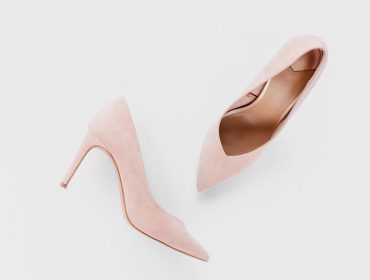Some of the biggest retail brands in the world are downsizing.
Ikea – known for its large and expansive physical stores – is the latest name to announce an investment in small outlets. It follows on from the likes of B&Q and Target, which have also experimented with small, super-targeted micro-stores.
So, why are retailers doing this, and what are the benefits? Here’s more on micro-retailing and why it’s a growing trend for today’s omnichannel retailers.
We’re constantly hearing that the high street (and physical retail in general) is dying. However, at the same time, it seems like more and more ecommerce companies are opening brick-and-mortar stores. From Birchbox to Casper – a number of disruptive digital-first brands have created pop-ups and showrooms with the aim of bringing to life the customer experience.
It might sound ironic in the context of dwindling footfall, but essentially, these brands are taking the very best of the offline experience (customer service, customisation, and convenience), and leaving the most difficult behind (high rents and unsold stock).
Meanwhile, brands that traditionally operate both online and offline are taking note of this shift to ‘experiential’ retail, creating mini-stores that allow consumers to experience products in-person before ordering online.
This looks to be the aim for Ikea, with the retailer offering online shoppers the chance to interact with in-store staff before ordering online – as opposed to visiting a large self-serve superstore and taking products home.
Offering a limited selection of stock in micro-stores (with one set to open in London’s Tottenham Court Road this autumn), Ikea is able to offer customers more of what they want (and less of what they don’t), meaning it’s unlikely to be left with unsold or outdated products.








